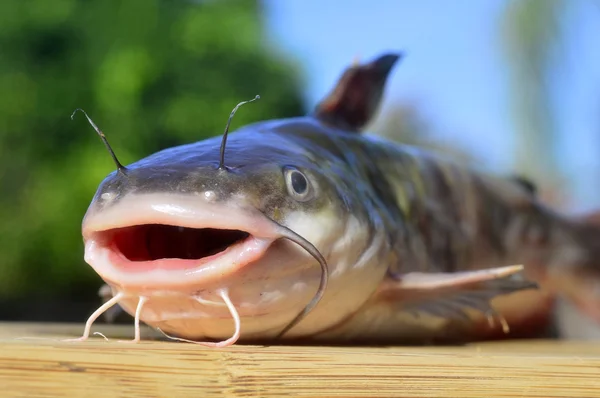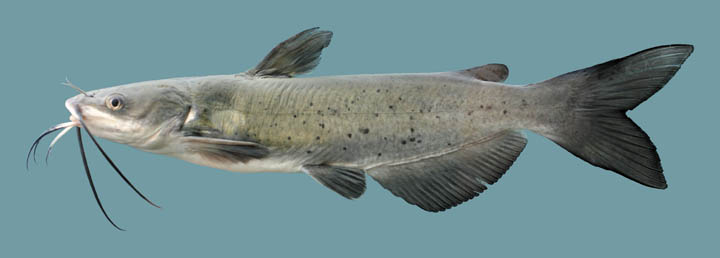Catfish can live in several conditions, with species that live in saltwater, freshwater, and brackish water. Some catfish prefer stagnant water and others call rivers and streams with fast-moving currents their homes, it all depends. What are Ideal Water Conditions for Catfish?
What are Ideal Water Conditions for Catfish
- Temperature: 75-85°F
- pH: 6.5-7.5
- Oxygen: >5 ppm
- Ammonia & Nitrites: <0.5 ppm
- Hardness: 50-150 ppm
- Alkalinity: 50-150 ppm
- Filtration: Mechanical, biological
- Water circulation: Adequate, promotes oxygenation
Introduction:
Catfish, both in natural habitats and aquaculture settings, are highly sensitive to their water environment. The quality of water directly impacts their health, growth, and overall well-being. Therefore, maintaining optimal water conditions is paramount in catfish husbandry. Several key factors influence water quality, including temperature, pH levels, oxygenation, levels of ammonia and nitrite, water hardness, alkalinity, as well as filtration and water circulation systems. Understanding and managing these factors effectively is essential for successful catfish farming and ensuring high yields and healthy stocks. In this article, we will delve into each of these factors in detail to understand their significance and how they can be controlled and optimized in catfish aquaculture.
What are Ideal Water Conditions for Catfish
Catfish can withstand very low dissolved oxygen levels, this is easily achieved in river environments so start by looking for aeration or good flow rates when you are Catfish fishing.
The ideal water conditions for catfish typically include:
The ideal water temperature for catfish fishing can vary depending on the species of catfish and the specific environmental conditions. However, as a general guideline:
- Channel Catfish: Prefer water temperatures between 75°F to 85°F (24°C to 29°C). They are most active and feed more actively in warmer water temperatures.
- Blue Catfish: Tend to be more active in slightly cooler water temperatures, ranging from 70°F to 80°F (21°C to 27°C).
- Flathead Catfish: Thrive in warmer water and are most active when water temperatures range from 75°F to 85°F (24°C to 29°C).
These temperature ranges are approximate and can vary based on factors such as seasonal changes, water depth, and local environmental conditions. Anglers need to monitor water temperatures regularly and adjust their fishing techniques accordingly to target catfish effectively. Additionally, catfish may still be caught outside these temperature ranges, but they are generally most active and responsive within these preferred temperature ranges.
Ideal Water pH for Catfish Habitat
References:
Aqua Fish Farm- WATER QUALITY PARAMETERS FOR CATFISH
Fish Site-Water Quality Monitoring and Management for Catfish Ponds
FAQ’s
What hours are catfish most active?
Myth: Catfish are more active at night. Fact: Catfish are active at all hours of the day and night, this includes all three species of catfish. Catfish can easily be caught throughout the day regardless of the season. Catfish eat when they are hungry, not when it gets dark.
What is the best bait for muddy water fishing?
Spinnerbaits, wobbling jigs (i.e. “Chatterbaits”), crankbaits with rattle chambers, and crankbaits or other swimming plugs that produce a distinctive wobble, are prime muddy water fishing lures. Spinnerbaits and wobbling jigs are most appropriate for bass and redfish.
Why does my catfish taste muddy?
What is the “mud taste” in fish? Some people may think that a fish tastes “muddy” because it is growing in unhygienic water. That is not true. The unsavory taste is caused instead by chemicals called Geosmin and 2-Methylisoborneol, which are produced naturally by algae and microorganisms in freshwater.



